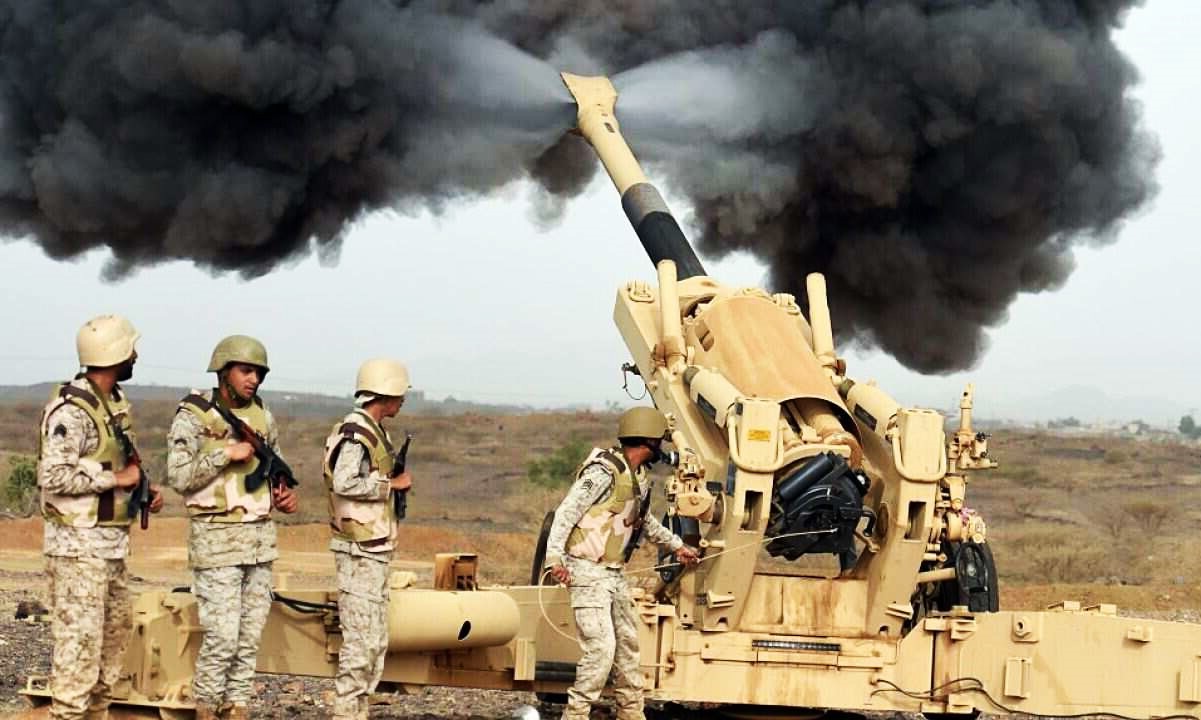
Why has the Saudi-Yemeni border clash been so significant? The Saudi-Yemeni border clash is a critical issue because it impacts regional stability, humanitarian conditions, and global politics. This conflict has roots in historical disputes, but recent escalations have drawn international attention. Saudi Arabia and Yemen share a long, porous border, making it a hotspot for smuggling, militant activities, and refugee flows. The clash has led to severe humanitarian crises, with thousands displaced and in dire need of aid. Additionally, the involvement of various international players complicates the situation further. Understanding this conflict helps grasp the broader Middle Eastern geopolitical landscape.
Key Takeaways:
- The Saudi-Yemeni border clash has a long history rooted in territorial disputes, economic interests, and geopolitical significance, impacting millions of people and drawing international attention.
- The conflict has led to humanitarian crises, military engagements, and economic repercussions, disrupting lives, cultural heritage, and global trade, with far-reaching consequences for the region.
Historical Background
Understanding the Saudi-Yemeni border clash requires a look back at the history between these two nations. Their shared border has been a source of tension for decades.
- The border dispute dates back to the early 20th century when the Ottoman Empire's collapse left unclear boundaries.
- In 1934, the Treaty of Taif temporarily resolved the dispute, but tensions resurfaced over time.
- Yemen's unification in 1990 reignited border issues, as the newly formed nation sought to redefine its boundaries.
- The 2000 Jeddah Treaty aimed to settle the border dispute, but skirmishes continued.
Geopolitical Significance
The Saudi-Yemeni border holds strategic importance for both countries, influencing their political and economic landscapes.
- The border region is rich in natural resources, including oil and minerals, making it economically valuable.
- Control over the border allows Saudi Arabia to monitor and manage the flow of goods and people, crucial for national security.
- Yemen's location along the Bab-el-Mandeb Strait, a vital maritime chokepoint, adds to the area's strategic importance.
- The border region is also a key route for smuggling, including weapons and drugs, which both nations seek to control.
Humanitarian Impact
The ongoing conflict has had severe humanitarian consequences, affecting millions of people on both sides of the border.
- Thousands of civilians have been displaced due to the fighting, leading to a refugee crisis.
- Access to basic necessities like food, water, and medical care has been severely restricted in the conflict zone.
- Humanitarian aid organizations face significant challenges in delivering assistance due to the volatile security situation.
- The conflict has exacerbated Yemen's existing humanitarian crisis, with millions facing starvation and disease.
Military Engagements
The Saudi-Yemeni border clash has seen numerous military engagements, involving both state and non-state actors.
- Saudi Arabia has conducted airstrikes and ground operations to secure its border and counter Houthi rebel incursions.
- Houthi rebels, supported by Iran, have launched cross-border attacks, targeting Saudi military and civilian infrastructure.
- The conflict has seen the use of advanced weaponry, including drones and ballistic missiles.
- Both sides have suffered significant casualties, with thousands of soldiers and civilians killed or injured.
International Involvement
The Saudi-Yemeni border clash has drawn the attention of the international community, with various countries and organizations getting involved.
- The United Nations has called for ceasefires and peace talks to resolve the conflict, though with limited success.
- The United States has provided military support to Saudi Arabia, including arms sales and intelligence sharing.
- Iran's support for the Houthi rebels has further complicated the conflict, leading to regional tensions.
- Human rights organizations have condemned both sides for violations of international humanitarian law.
Economic Consequences
The conflict has had significant economic repercussions for both Saudi Arabia and Yemen, as well as the broader region.
- The destruction of infrastructure has hindered economic development and trade in the border region.
- The cost of military operations has strained Saudi Arabia's budget, impacting its economic reform plans.
- Yemen's economy, already fragile before the conflict, has been devastated, with widespread poverty and unemployment.
- The disruption of trade routes has affected global markets, particularly in the oil and shipping industries.
Cultural and Social Impact
The prolonged conflict has also had profound cultural and social effects on the people living in the border region.
- Traditional tribal structures have been disrupted, leading to social fragmentation and loss of cultural heritage.
Final Thoughts on Saudi-Yemeni Border Clash
The Saudi-Yemeni border clash is a complex issue with deep historical roots and significant geopolitical implications. Understanding the key facts helps shed light on the ongoing tensions and the humanitarian crisis affecting millions. The conflict has seen numerous military engagements, civilian casualties, and displacement, highlighting the urgent need for a peaceful resolution. Both nations have faced immense challenges, from economic strain to international scrutiny. While efforts for peace continue, the situation remains volatile. Staying informed about these developments is crucial for grasping the broader Middle Eastern dynamics. The clash not only impacts the region but also has global repercussions, influencing international policies and alliances. By keeping these facts in mind, we can better appreciate the complexities and the human cost of this enduring conflict.
Frequently Asked Questions
Was this page helpful?
Our commitment to delivering trustworthy and engaging content is at the heart of what we do. Each fact on our site is contributed by real users like you, bringing a wealth of diverse insights and information. To ensure the highest standards of accuracy and reliability, our dedicated editors meticulously review each submission. This process guarantees that the facts we share are not only fascinating but also credible. Trust in our commitment to quality and authenticity as you explore and learn with us.
